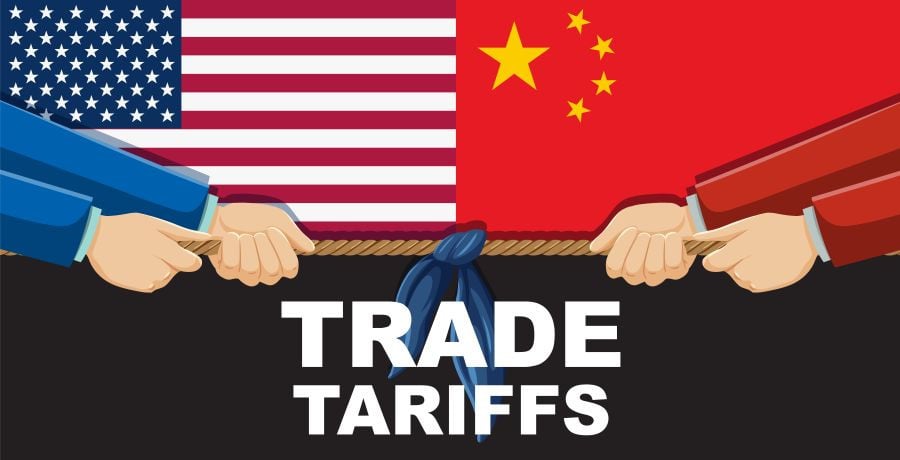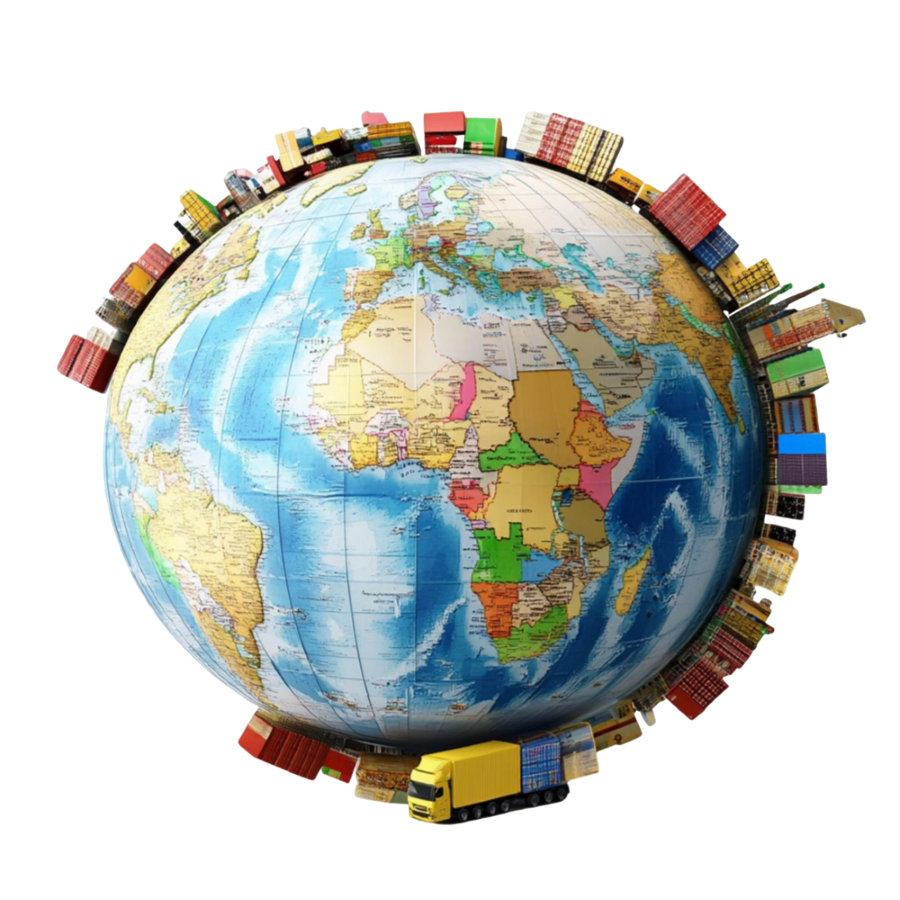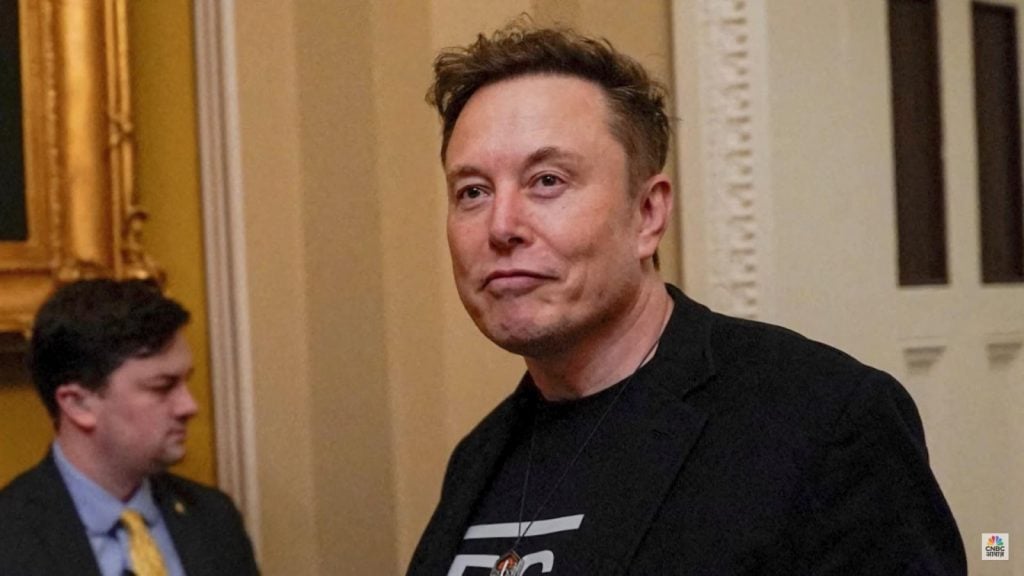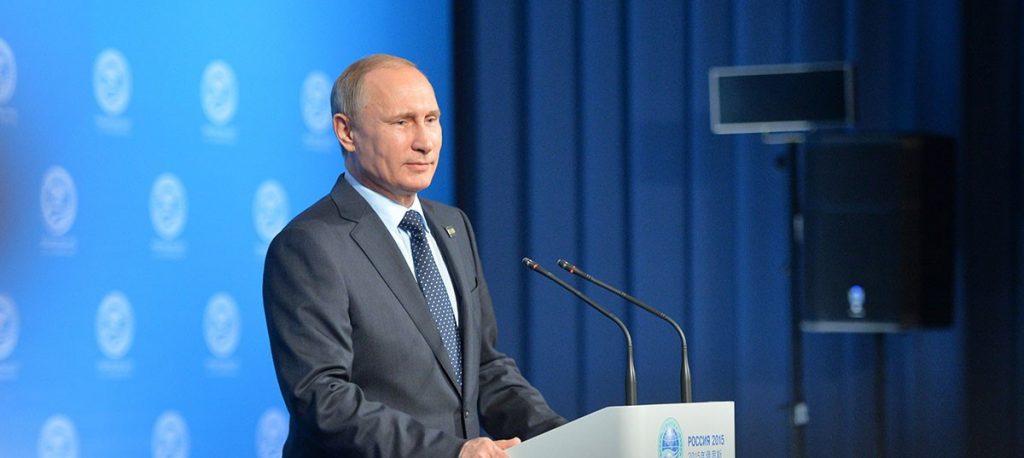China Points Finger at U.S for Breaking Trade Agreement

© brgfx / Freepik
How did the latest US-China trade tensions begin after the Geneva agreement?
The world’s two biggest economies are at odds again. Just weeks after agreeing to pause their trade war, the United States and China are accusing each other of breaking the deal.
This disagreement could shake global markets and affect everyday goods like electronics and cars.
What’s going on, and why does it matter? Let’s break it down.
US-China Trade Tensions

In mid-May, the US and China signed a temporary agreement in Geneva to lower tariffs, which are taxes on imported goods.
The deal was meant to ease tensions after both countries had raised tariffs to high levels, hurting businesses and consumers.
The US agreed to drop its tariffs from 145% to 30%, while China lowered its tariffs from 125% to 10%. Both sides also promised to remove other trade barriers, like restrictions on critical minerals needed for technology and manufacturing.
But the peace didn’t last. On May 30, US President Donald Trump posted on Truth Social that China had “totally violated” the agreement.
He didn’t give specifics, but US officials later said China was slow to lift restrictions on rare earth magnets, which are used in cars and electronics.
China hit back, saying the US was the one breaking the deal by adding new restrictions, like blocking sales of AI chip software and revoking visas for Chinese students.
Why This Matters to the World

The US and China are the world’s top economies, so their disputes affect everyone. If trade tensions rise, prices for goods like smartphones, cars, and even food could go up.
Stock markets in Asia dropped after China’s latest response, showing how nervous investors are. The disagreement also risks disrupting supply chains, which could delay products reaching stores.
Both countries are racing to lead in advanced technology, like artificial intelligence. The US has tightened rules to limit China’s access to high-tech chips, while China controls key minerals the US needs.
This back-and-forth could slow innovation and hurt industries worldwide. For example, US carmakers are already short on magnets because of China’s restrictions.
What’s Next for the US and China?

The Geneva deal was supposed to last 90 days, giving both sides time to work out a bigger agreement. But with trust breaking down, talks are stalling.
US Treasury Secretary Scott Bessent said the issues are complex and may need direct talks between Trump and Chinese President Xi Jinping.
Some US officials are hopeful a call could happen soon, but others worry the trade war could heat up again.
China’s Commerce Ministry has promised “strong measures” to protect its interests, but hasn’t said what those measures are. Meanwhile, the US is facing its own challenges.
A recent court ruling said Trump overstepped his power with some tariffs, though the White House won a temporary delay. This could weaken the US’s position in talks with other countries, like Japan, which are watching closely.
The world is waiting to see if the US and China can find common ground or if their trade war will flare up again, impacting economies everywhere.
For now, both sides are standing firm, and the future of their trade relationship remains uncertain.
You might also want to read: Breaking: A U.S. Court Just Stopped Trump’s Tariffs, and Stocks Are Soaring!


